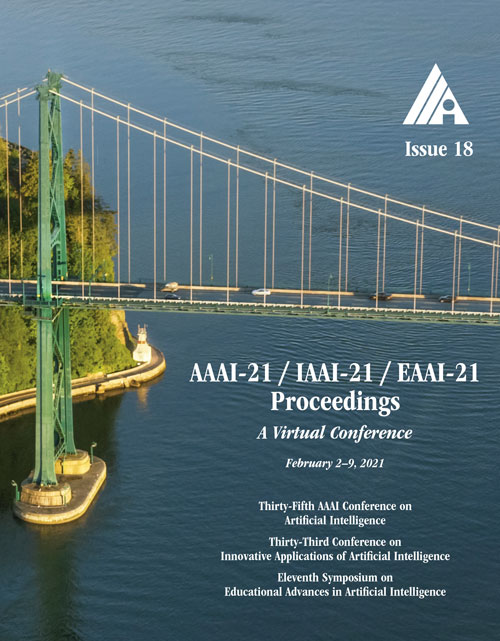A Computational Approach to Sign Language Understanding
DOI:
https://doi.org/10.1609/aaai.v35i18.17851Keywords:
American Sign Language, Transformer Modeling, Sequence Modeling, Feature Extraction, Neural Machine TranslationAbstract
Sign language is the primary mode of communication in the Deaf and Hard-of-Hearing (DHH) communities. Unfortunately, sign language is not as well understood among the non-signing hearing population leading to limited access and services to the DHH community, and also acts as a barrier between non-signing and DHH people. In my Ph.D. thesis, I am working on improving the sequence modeling for sign language translation and understanding by considering different types of sequence models, various input features, and by understanding the semantic relation between the words and the signs. Currently, my research focuses on a popular publicly available German Sign Language dataset.Downloads
Published
2021-05-18
How to Cite
Ananthanarayana, T. (2021). A Computational Approach to Sign Language Understanding. Proceedings of the AAAI Conference on Artificial Intelligence, 35(18), 15708-15709. https://doi.org/10.1609/aaai.v35i18.17851
Issue
Section
The Twenty-Sixth AAAI/SIGAI Doctoral Consortium

